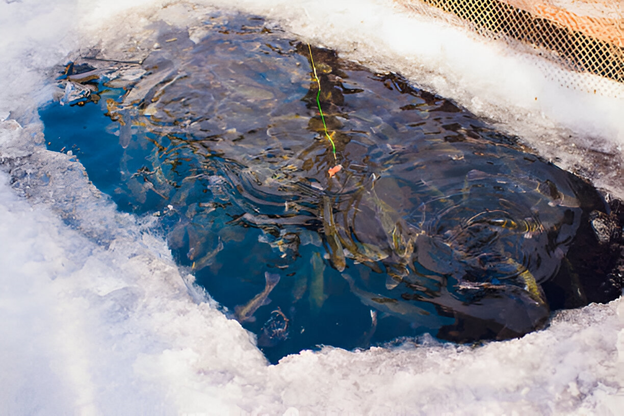Pond owners confront the difficulty of protecting their fish as temperatures drop and winter draws near. Although heating a koi pond is usually one of the best solutions, it’s not the only one—or always the most effective one. Some practical measures will help you to guarantee that your pond ecosystem stays stable and your fish stays healthy over the cold months.
Understand Fish Behavior in Cold Conditions
Colder water temperatures make fish lower their metabolism and be less active. Most fish like to stay at the deepest part of the pond because the water is still warmer there. They do not need to eat or breathe as much.
Then, you try to support this natural response instead of disrupting it. When you are not sure, always seek advice from a local pond company about your local conditions and fish. That Pond Guy, for instance, can provide custom advice and help to get your pond ready for winter.
Basic Pond Preparation
- Thorough Fall Cleaning: Make sure there is no debris, dead plants or fallen leaves left in the pond just before the arrival of winter. If ignored the organic materials decay causing oxygen level to plummet and increase toxic gases, which is fatal for fish health.
- Trim Aquatic Plants: Cut back dying or dead leaves from aquatic plants. While leaving some healthy plants can give a small supply of oxygen during the winter, this reduces decay-related problems.
Maintaining levels of oxygen
It is important to keep a proper oxygen level in the pond, even in winter. In winter the fish is less active and needs less oxygen but you will need to maintain proper aeration.
- Pond aerators help to keep an open space on the surface of ponds, therefore promoting important gas exchange. Even if most of the pond freezes, this technique lets oxygen in and lets harmful gases out.
- De-icers: Unlike traditional heaters, de-icers seek to maintain a limited area ice-free for gas interaction without greatly raising general water temperature.
Handling Surface and Ice Conditions
Gas exchange must be allowed.
- Steer clear of Forceful Ice Removal: Breaking the ice by hand could strain your fish and maybe harm the pond liner.
- Safe Ice Management: If you have to make an opening and do not have a de-icer or aerator, hot water over a piece of ice will help. This approach causes less disturbance.
Feeding Methodology
- Slowly cut feeding and finally stop completely as water temperatures fall below 50°F (10°C). Cold water makes fish unable to correctly digest food, thus unconsumed food could affect the quality of the water.
- Use specially made winter fish food that is more easily digestible at lower temperatures if you have to feed on warmer days in winter.
Guarding against Outside Factors
- Pond netting helps to simplify spring maintenance by covering your pond to stop rubbish buildup.
- If your pond is exposed, think about installing a windbreak—shrubs or a portable screen—to help to cut heat loss.
Following these guidelines will help you keep a clean and sustainable pond environment for your fish throughout winter—without the need of a pond heater. Your fish will sprout vivid and healthy in the spring with constant inspection and proactive maintenance. See a qualified pond specialist for expert advice if you see symptoms of stress or disease.







